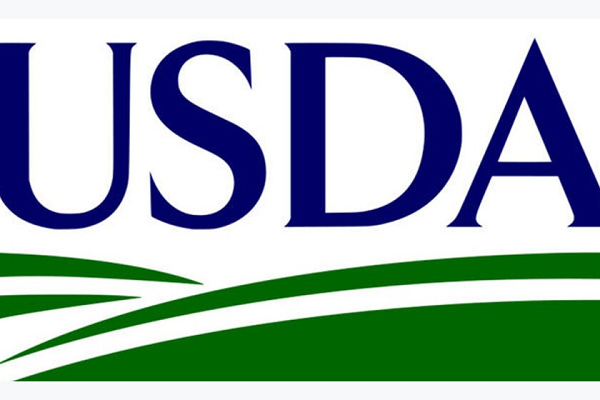
Source: Bloomberg
Raw breaded and stuffed chicken products will be subject to regulation if they exceed a low level of the bacteria.
The Agriculture Department will test for and regulate salmonella in raw chicken products as the federal government tries to curb infections from the bacteria.
The agency announced Monday it will declare salmonella an adulterant in breaded and stuffed raw chicken products, meaning these food products will be subject to regulation if they exceed a low level of the bacteria. The USDA will also take public input on whether to set an even stricter zero tolerance standard for salmonella in poultry, the agency said in a press release.
The USDA’s declaration follows an announcement last year that the agency would try to reduce salmonella cases by 25% over time. The bacteria causes about 1.35 million infections per year in the US, hospitalizing more than 26,000 people and killing more than 400, according to the Centers for Disease Control and Prevention, with food causing the bulk of the illnesses.
‘Just the Beginning’
Labeling salmonella an adulterant in certain chicken products is “just the beginning” of the USDA’s response, said Sandra Eskin, deputy under secretary for Food Safety. “We now have the rest of the raw poultry supply to consider. If we look again, we may decide that we’re going to have similar standards but for all poultry products.”
A federal court two decades ago declared that the agency couldn’t regulate salmonella as an adulterant, citing that properly cooking raw meat products can kill the bacteria. But consumer advocates said the decision discounted the danger of salmonella.
It’s “quite possible,” Eskin said, that industry groups could challenge these rules when they’re finalized like they did in Supreme Beef Processors Inc. v. USDA more than 20 years ago. “But I think the difference between then and now is that we know we have to make a pretty bulletproof case that salmonella is an adulterant in whatever range of products we decide.
Though undercooked chicken carries the greatest risk of salmonella contamination, outbreaks have also been linked to eggs, fruits, peanut butter and more.
Current USDA standards for poultry only cover a few products and are “not enforceable,” so raw meat can be sold even if contaminated, according to a statement by the Center for Science in the Public Interest, a food and health watchdog.
Potential Impact
The industry has invested millions of dollars in refining best practices to reduce salmonella, Ashley Peterson, senior vice president of scientific and regulatory affairs at The National Chicken Council, said in a statement. The council is concerned about this “abrupt shift in longstanding policy,” she said.
“It has the potential to shutter processing plants, cost jobs, and take safe food and convenient products off shelves,” Peterson said. “We’re equally concerned that this announcement was not science-based or data-driven.”
Breaded and stuffed raw chicken products might be a target of USDA rulemaking because consumers don’t always know they’re uncooked, said Amanda Starbuck, a food researcher at non-governmental organization Food & Water Watch.
“We treat raw meat as a hazardous material, but not always things that come out of the freezer,” she said – which can cause problems if consumers don’t take the same care cooking breaded chicken as they would to cook a raw bird.
Tyson Foods Inc., Pilgrim’s Pride Corp., and Cargill Inc. didn’t immediately respond to requests for comment.
This contributed to the USDA’s decision to start with raw and stuffed chicken products, Eskin said. Because products can look cooked if they’re browned or covered in breading, she said the agency observed in test kitchens that consumers didn’t know how to prepare them safely.
“We’ve tried to handle it by labeling cooking instructions and warnings, and we just don’t think that’s enough,” she said.
The USDA plans to release a draft framework in October for enforceable final product standards and ways to reduce bacterial load when birds enter slaughterhouses, Eskin said. While Eskin acknowledged that the agency’s reach is limited because its oversight starts after animals leave the farm, she said she’s confident its actions can dent the salmonella cases in the US – citing a similar move in Canada that brought improvements.
“Yes, we have limitations – our authority starts at the entrance to the slaughterhouse – but I think we can do a lot to incentivize upstream improvements,” she said.







